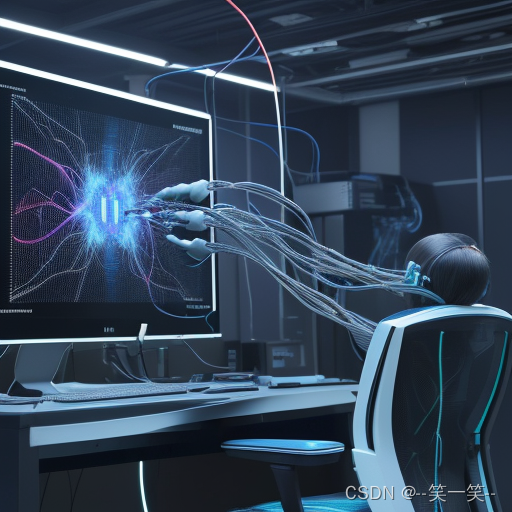With the rapid development of computers, broadband networks, and communication technologies, Internet technology and software and hardware systems have also continued to evolve, giving rise to an unprecedented digital revolution. From Web1.0 to Web3.0, as well as the rise of fields such as virtual reality, artificial intelligence, and digital twins, each step outlines a new digital future, and its development prospects are eye-catching.
Web1.0 represents the first stage of the Internet, which mainly provides information transmission functions and users passively accept content. Typical representatives include portals and search engines. Web 2.0 introduces stronger user interactivity. Users can create their own content and communicate with others. Platforms such as social media are rapidly rising. However, Web 2.0 is also accompanied by the problem of data monopoly, resulting in a few companies possessing a large amount of user data, triggering privacy and monopoly disputes.

Currently, with the rapid development of blockchain technology, people have begun to discuss the concept of Web3.0, striving to achieve decentralization and break data monopoly, so as to return power to users. The exploration of Web3.0 also includes research on WebVR and Web3D for virtual reality applications, which enable browsers to access virtual reality devices and further expand the dimensions of the digital world.
The rise of virtual reality technology provides strong support for the construction of Internet 3.0. Virtual reality 1.0 focuses on immersion, interactivity and creativity, but there are still deficiencies in interoperability and evolution. Virtual reality 2.0 adds features such as intelligence, interoperability, and evolution to meet growing application needs and achieve a closer connection between the virtual world and the real world.
In the construction of Internet 3.0, Intelligent Ecological Network (IEN) has high hopes. Based on the technical route of virtualization, programmable equipment and software and hardware integration, IEN improves the information center network structure and integrates distributed artificial intelligence and blockchain consensus computing technology. It has built a hierarchical, intelligent, efficient, and semantically clear intelligent networking system, realizing the ubiquitous interconnection of people, machines, and things, and providing a solid foundation for the construction of Internet 3.0.
In this era of digital revolution, the arrival of Internet 3.0 will bring about new mass experiences, social models, production methods, new consumption areas and digital economic development paths. The integration of virtual and real, intelligence and efficiency, interconnection and evolution will become the key features of the new era, and Intelligent Ecological Network (IEN), as one of the supporting technologies of Internet 3.0, will play a vital role in the process of building the digital world.
Internet 3.0 is not only a technological leap, but also a huge change in society. We have the responsibility to seize this precious opportunity, actively participate in the promotion of Internet 3.0, lead the competition in emerging industries, and contribute to building a highly socialized and intelligent digital world. strength. This digital world will become a place where people, machines, and things coexist, opening up a new digital era and bringing infinite possibilities to the future of human society.